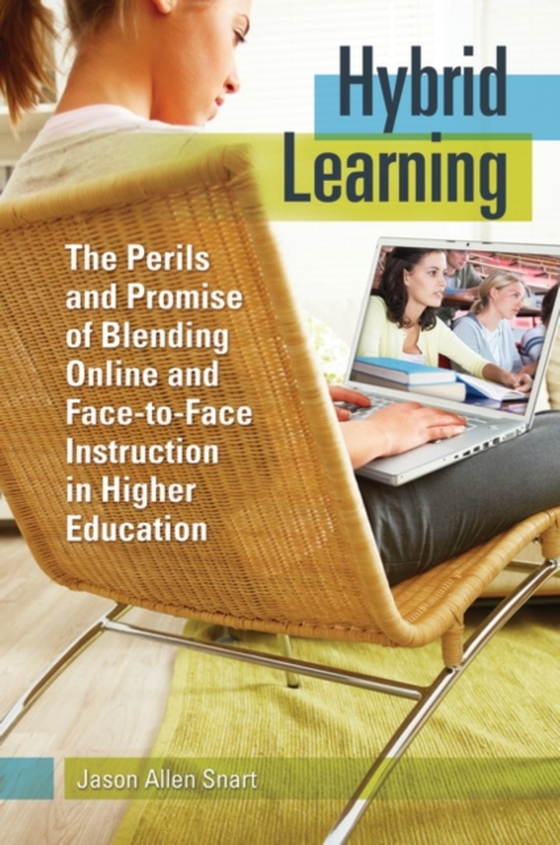
Hybrid Learning e-bog
509,93 DKK
(inkl. moms 637,41 DKK)
A call for the extension of hybrid learning urges that it become not just a quick fix or a boon for the bottom line, but an educational mode that reenvisions quality teaching and learning for the 21st century.Hybrid Learning: The Perils and Promise of Blending Online and Face-to-Face Instruction in Higher Education is an in-depth exploration of a new learning mode that could radically change hi...
E-bog
509,93 DKK
Forlag
Praeger
Udgivet
5 maj 2010
Længde
200 sider
Genrer
Teaching skills and techniques
Sprog
English
Format
pdf
Beskyttelse
LCP
ISBN
9780313381584
A call for the extension of hybrid learning urges that it become not just a quick fix or a boon for the bottom line, but an educational mode that reenvisions quality teaching and learning for the 21st century.Hybrid Learning: The Perils and Promise of Blending Online and Face-to-Face Instruction in Higher Education is an in-depth exploration of a new learning mode that could radically change higher education, incorporating emerging trends in technology and multimedia use-including online gaming, social networking, and other Web 2.0 applications-to create engaging and dynamic learning environments. Laying out fundamental challenges facing higher education today, this book shows how hybrid instruction can be designed and implemented to deliver excellent educational value in flexible modes and at moderate costs well-suited to the circumstances of many students and institutions.The book lays out the characteristic profiles of students who are most likely to benefit from and perform well in a hybrid learning environment, as well as the features and practices of hybrid courses most likely to produce positive learning outcomes. It also specifies the obligations of faculty in designing and delivering best-practice hybrid courses and the support and policy obligations of institutions. Challenging prima-facie assumptions about hybrid learning, the author promotes it as nothing less than an opportunity to reenvision education for the 21st century.
 Dansk
Dansk

